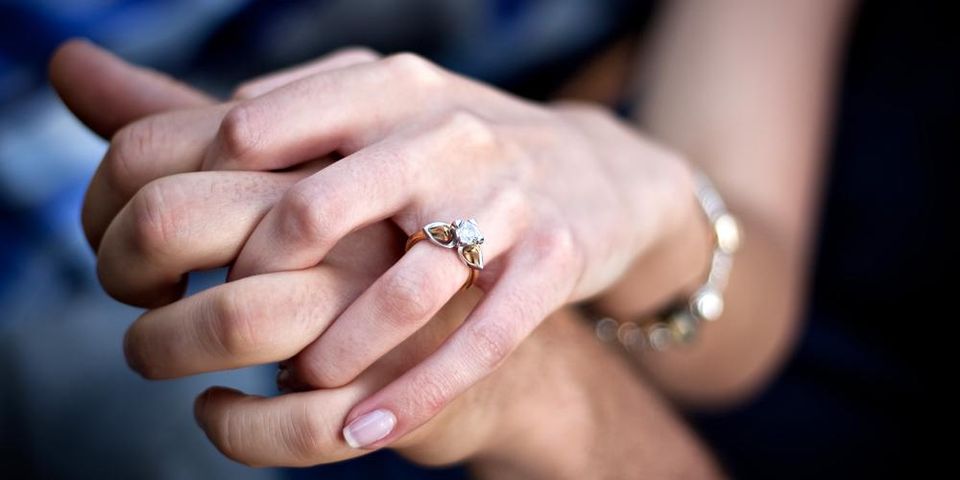
Man-made diamonds are becoming increasingly popular in the jewelry industry; however, many are apprehensive about choosing them over naturally-sourced stones. Between the cost and ecological benefits, there are various reasons to consider this investment. This guide explains why lab-grown diamonds are a worthwhile purchase.
What Is a Lab-Grown Diamond?
A synthetic or lab-created diamond is one that is grown in a controlled laboratory environment. Using advanced technological processes, engineers can replicate the conditions — such as extreme pressure and heat — that cause natural diamonds to form beneath the Earth’s surface.
By doing so, the man-made versions consist of the same carbon atom arrangement seen in natural diamond structures. This ensures lab-grown diamonds have the same optical and chemical composition and are indistinguishable from the “real” thing.
What Are the Benefits of Purchasing One?
 In many instances, a lab-grown diamond can cost 10 to 30 percent less than a natural diamond of the same size. This is ideal if you’re trying to stay within a tight budget while shopping for an engagement ring but want at least one carat. Your savings will also increase if you choose a colored gem, as natural-colored diamonds are rare and expensive.
In many instances, a lab-grown diamond can cost 10 to 30 percent less than a natural diamond of the same size. This is ideal if you’re trying to stay within a tight budget while shopping for an engagement ring but want at least one carat. Your savings will also increase if you choose a colored gem, as natural-colored diamonds are rare and expensive.
Growing a diamond in a lab requires less energy than digging them out of the ground. That being said, you’ll also limit your environmental impact by purchasing a recycled natural stone. In both cases, the minerals are durable and will last for generations.
Buying a natural or lab-grown diamond comes down to personal choice. However, having a jeweler that offers this option is essential. At Sartor Hamann Jewelers, they offer a beautiful selection of high-quality Pure Grown Diamonds™. Stop by their location in Lincoln, NE, or their shop in Grand Island to view engagement and wedding rings. For more information about their products, call (402) 476-8561 or visit their website.
About the Business
Have a question? Ask the experts!
Send your question

